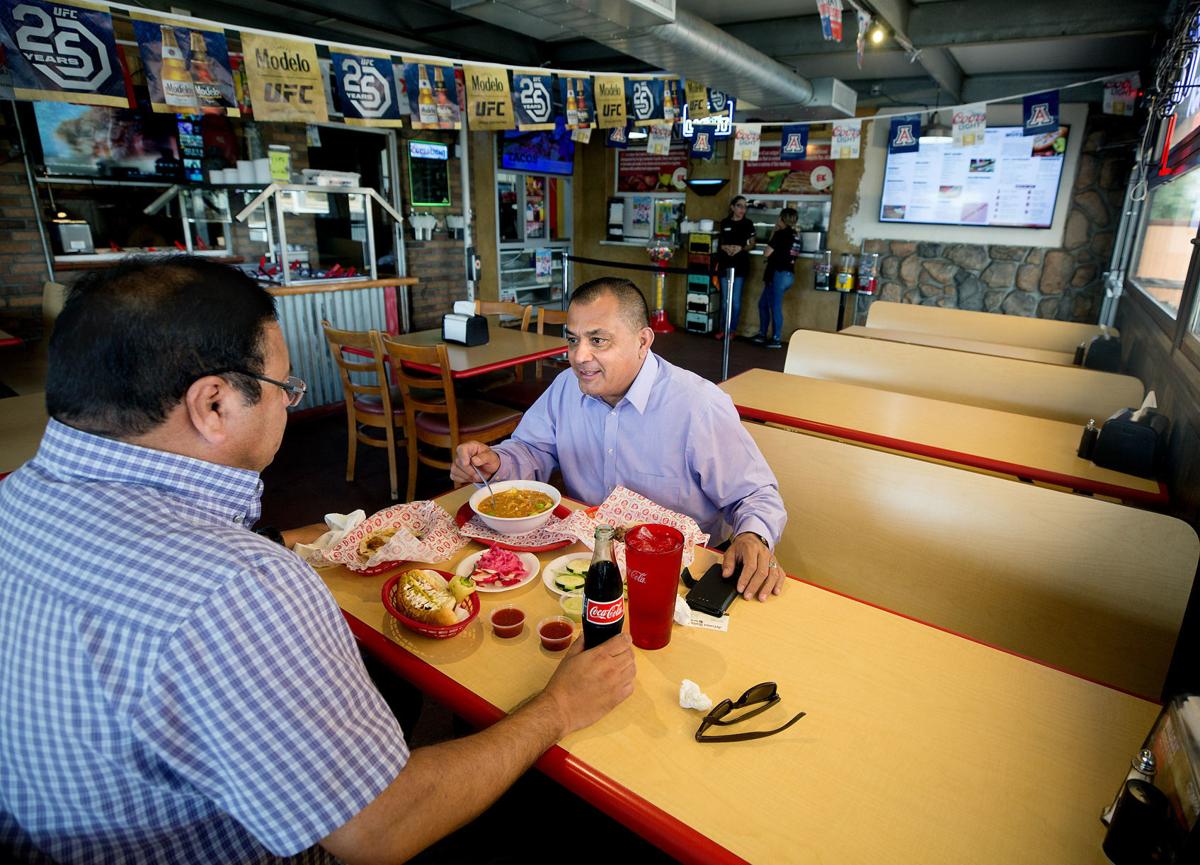PHOENIX т Wondering why the voter-mandated increase in УлшжжБВЅтs minimum wage hasnтt culled jobs?
Itтs because the overall state economy is doing so well, said Doug Walls, director of labor market information for the УлшжжБВЅ Office of Economic Opportunity.
Walls said the cost to employers т the state minimum wage has gone from $8.05 an hour in 2016 to $11 now т has to be borne by someone.
But it appears affected employers are simply passing along the additional expense, he said Thursday.
And that does not appear to be affecting the willingness of people to go out and eat, drink and stay in hotels, the industries with the traditionally lowest wage rates.
тWhat weтre seeing is that employment growth continues to increase or growth has held steady in some of those lower-paying industries overall,т said Walls. That includes the hospitality industry, where employment is up by 2,200 over the same period a year ago.
People are also reading…
But Walls said heтs not prepared to say the same would hold true if Congress hikes the federal minimum wage to $15 by 2025, as the U.S. House voted to do Thursday.
тItтs a little bit more speculative,т he said. тBut what weтve seen with УлшжжБВЅтs minimum wage increases has been continued economic growth in a multitude of industries around the state.т
Walls also reported that УлшжжБВЅ continues to create new jobs almost as fast as the number of people who are moving here, no small feat given the stateтs population growth is the fourth fastest in the nation.
The stateтs seasonally adjusted jobless rate for June remained at 4.9% , the same as in May т and two-tenths of a point higher than a year ago. It also is more than a point higher than the national average of 3.7%.
Still, thatтs not bad news, Walls said, as he sees it as a showing of the stateтs economic growth.
тWe tend to think that when labor force levels increase, people are more optimistic about their opportunities to get jobs,т he said. тAnd theyтve been able to find those jobs within УлшжжБВЅ.т
Conversely, he said, the unemployment rate may be lower in other states due to тshifting demographics.т
The workforce elsewhere is aging, with people retiring, he said. тWhile work is needed and there are jobs out there, overall theyтre not seeing the participation into the labor force that УлшжжБВЅ is actually seeing,т he said.
Of course, the other side to that supply-and-demand issue relates to wages: When the number of workers available is less than the number companies need, they have to offer more money.
The result is that the average hourly wage in УлшжжБВЅ for last month was $26.13 versus $27.87 nationally. The gap appears to be widening, with a 4.2% year-over-year increase nationwide versus 2.6% in УлшжжБВЅ.
One area where wages in УлшжжБВЅ are more than keeping pace is in the category of тleisure and hospitality,т generally defined as bars, restaurants and lodging places. There, wages are up 9.4% year-over-year.
As this sector of the economy grows, there are more opportunities for workers to look for other employment. тEmployers might have been forced to increase wages as it was anyway,т even if the 2016 ballot measure did not impose a mandate, Walls said.
тBut the economic activity that weтre seeing in УлшжжБВЅ does not appear to have been dampened by the increase in the minimum wage.т













